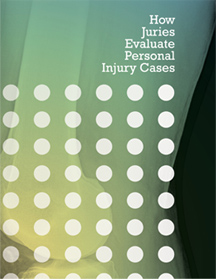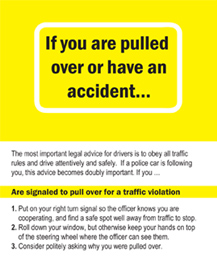Photographs of injuries and treatment
Graphics and demonstrative evidence have become almost obligatory in most lawsuits, so your personal injury lawyer may consider it important to obtain photographic proof of your injuries from your car accident.
This is especially true if the part of the body that has been scarred or injured is one that modesty would prevent from being exposed under normal circumstances. It is also a good idea to take photographs of an injury that will partially resolve with the passage of time. Photos are the only way to depict the true nature of the initial injury from the car accident.
Obtaining photographs of injuries and treatment
The easiest way for your personal injury lawyer to get a photo of an injury is for you to keep a photographic record yourself.
Photographs that you take may not be as good as professional photographs, but they are usually more than adequate. If you take the photographic record, be sure to capture any change in the treatment regimen. For example, if you have a leg injury, photograph your leg both while the cast is on, and immediately after the cast is removed, to show atrophy and skin lesions that may have developed.
Sometimes doctors provide photographs. For example, plastic surgeons generally take photos at various stages of their treatment. Also, many doctors will maintain inter-operative photos taken while an operative procedure is in progress. When a doctor performs arthroscopic surgery, it is quite common for the physician to take pictures of the view on the monitor.
Content and uses of photographs of injuries and treatment
Photos taken immediately after a car accident show hematomas and scars or black eyes that will fade with time, but the photos will graphically convey the pain you experienced.
Photographs depicting the treatments that you went through also are extremely important. A verbal description of an external fixator sounds cold, impersonal, and not especially painful. However, one picture convinces anyone of the pain and discomfort accompanying any injury that requires this particular piece of equipment used to treat fractures.
Certain injuries also are best depicted with a photograph. For example, chrondomalasia of the knee is extremely graphic when presented by a photograph. Likewise, facial scarring cases require photos.



